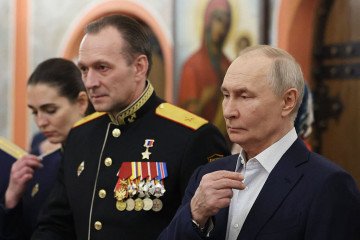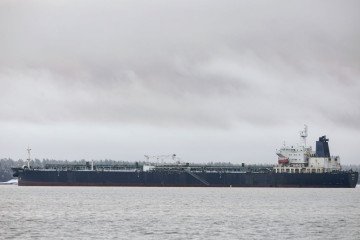The price tags on Russian civilian aircraft have soared by up to 70% over the past two years—despite the fact that most models have yet to enter serial production or gain traction on the global market.
According to The Moscow Times, citing an internal meeting at Russia’s Ministry of Transport with officials from Rostec, the United Aircraft Corporation (UAC), Rosaviatsiya, and several domestic airlines, key aircraft under development have seen substantial cost hikes since 2023.
The MC-21, Russia’s flagship narrow-body jet meant to rival Boeing’s 737, is now priced at approximately $85 million, up from $48–51 million two years ago.
The regional turboprop Il-114-300 has increased from $16 million to about $29 million, with the first units reportedly costing as much as $45 million apiece—comparable to Western competitors such as Bombardier and ATR.
-04cd63179a6e2a0e43f529cdd0b666b2.jpg)
The LMS-901 “Baikal,” a new utility aircraft intended to replace the Soviet-era An-2, has jumped from $2 million to roughly $3.5 million, making it more expensive than the US-built Cessna Grand Caravan, which sells for between $2.2 million and $3.4 million.
Rostec officials attribute the increases to rising costs of materials and avionics, claiming earlier estimates did not reflect the current economic conditions. They added that prices could drop once mass production begins, although no clear timeline has been provided.
In an effort to offset the price surge, Russia’s Ministry of Industry and Trade has directed the State Transport Leasing Company (GTLK) to work with carriers on new operational and financial leasing models. GTLK noted that the lease rates would only be viable if aircraft purchases are fully subsidized through Russia’s National Wealth Fund (NWF).

The current proposal includes 7- to 10-year leasing options, a one-year remarketing period, and financing terms of up to 20 years—provided upfront advances are secured using NWF funds.
The meeting concluded with a recommendation that prices remain in line with foreign equivalents, and that any financial model must guarantee a full return of state investment.
Despite Moscow’s push to replace Boeing and Airbus aircraft amid ongoing sanctions, no Russian-made civilian jet has entered large-scale production, and high unit costs continue to undermine both domestic use and export potential.
Earlier, Russia announced plans to revive its position in the global arms market by promoting systems like the S-500 air defense complex, combat drones, and upgraded tanks. However, previous attempts—such as selling BMP-3s to Vietnam or competing with Chinese tanks in Algeria—have shown limited success, raising doubts about actual demand and production capacity.
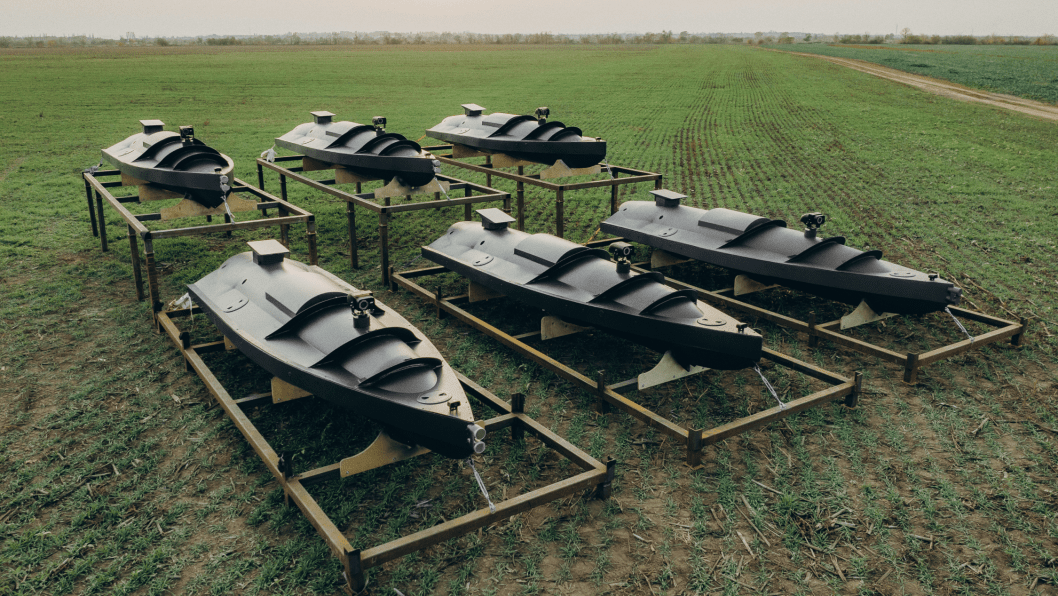

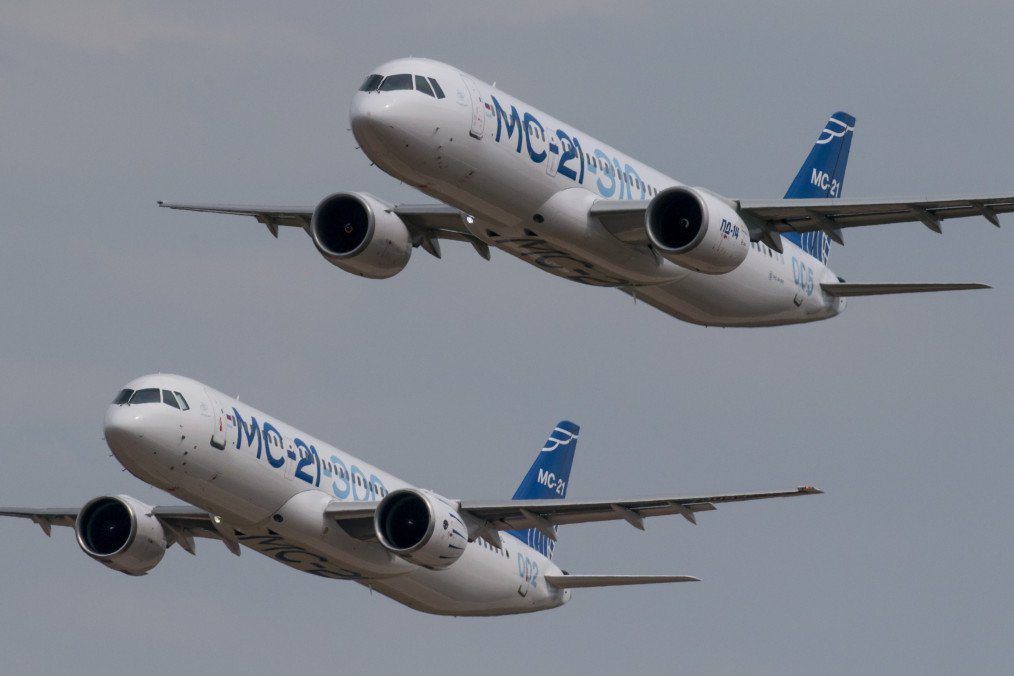
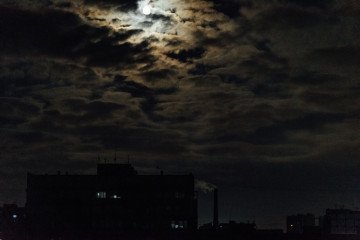
-72b63a4e0c8c475ad81fe3eed3f63729.jpeg)
